Up Close with Humpback Whales in Tonga
A close encounter with these amazing creatures is an absolutely unforgettable experience and an essential addition to any Pacific cruise itinerary.
Posted on
Swimming with humpback whales in Tonga is one of those experiences which graces the “things to do before you die” kinds of list. It’s among the star attractions for Superyacht owners and guests cruising in the Pacific Ocean. It’s the reason you set course for the Pacific in the first place, with other highlights in the world’s largest body of water being mere footnotes.
The tiny Polynesian island near Fiji is an important mating ground for humpback whales, with dozens of the gentle giants visiting from mid-July until early-October. Human interacts with the whales is carefully controlled and regulated, it is still possible to swim, snorkel and free dive within a few metres of the majestic mammals – an indescribably thrilling experience.
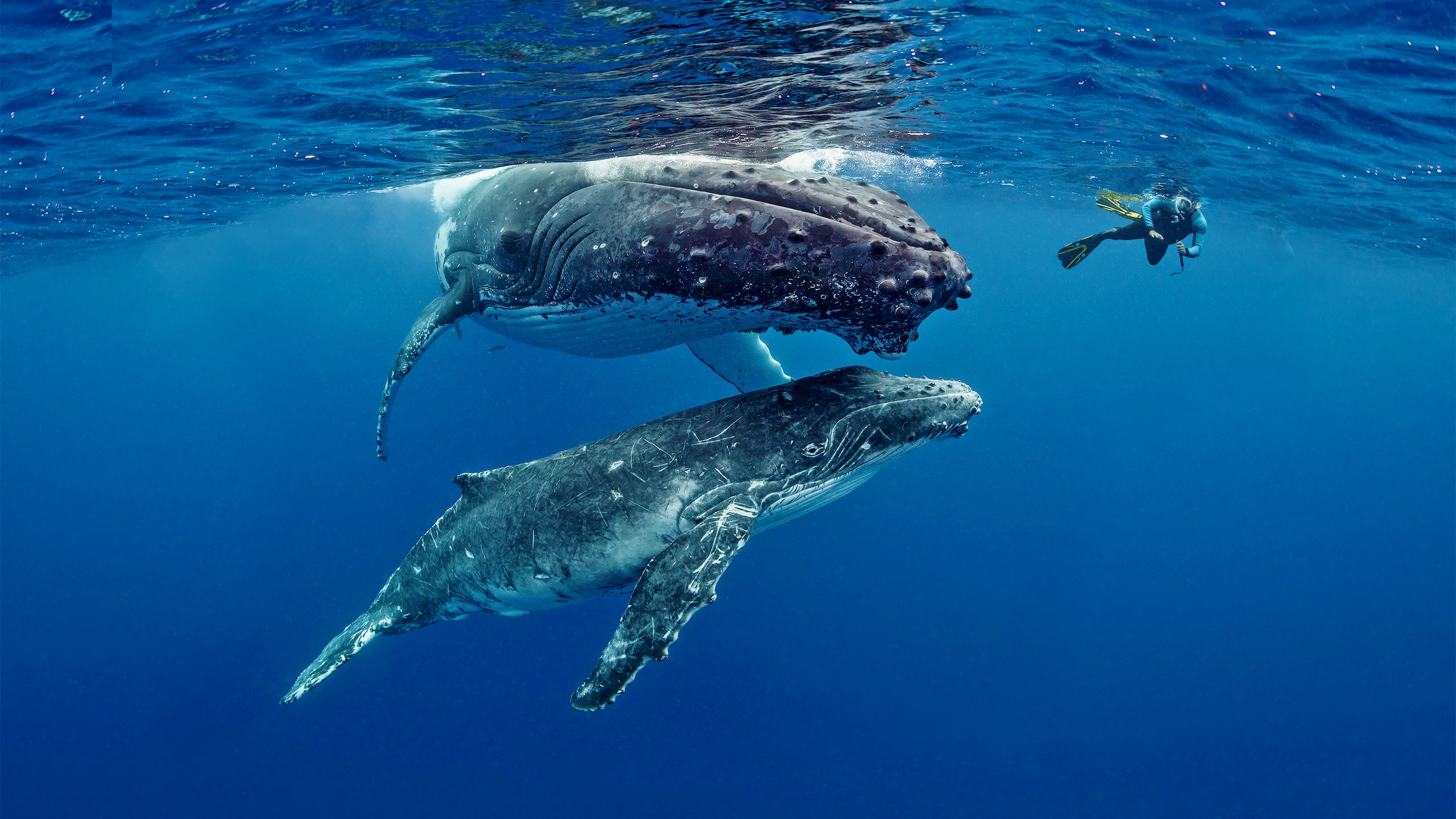
When is the best time to visit the Tonga humpback whales?
The first pregnant female humpbacks arrive in Tonga around mid-July. The safe, warm, shallow waters are ideal for them to give birth and raise their calves. However, Tongan regulations prohibit anyone from approaching mothers and calves, though you can admire them from a distance.
While a few adult males arrive with the expectant mothers, the majority arrive soon after and, around the start of August, the season is hitting its peak, with the maximum amount of whales in the area. This is the optimum time to schedule a visit.
With calves birthed and females courted and mated with, the herds start to break up in about mid-September. Food supplies for these plankton feeding giants are comparatively slim around Tonga, so they head off on their long migrations to find richer pickings. While a few whales stick around until October, the tourist boats mostly end their cruises around late-September.
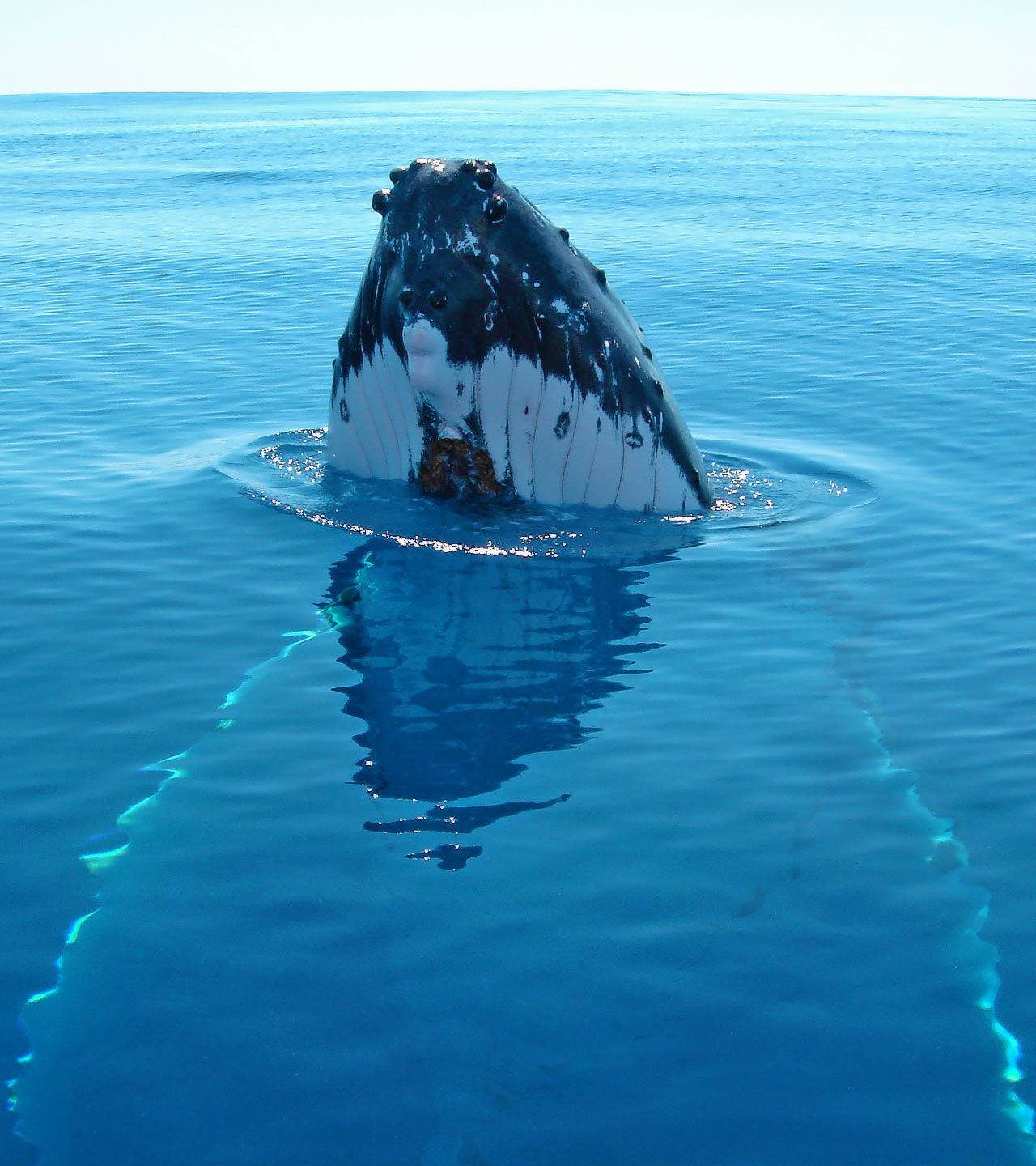
Do you have to use the tour boats to swim with Tonga whales?
In a word: Yes. The Tongan government has recognised the importance of the humpbacks as a valuable natural resource, bringing a lot of tourism to the tiny nation. As such, they enforce restrictions on interactions with them. A limited number of licenses are issued to boat captains operating whale watching tours, who must abide by strict rules regarding the number of people in the water with the whales at any one time, among other behavioural guidelines.
Trying to dodge the permit process and act independently of the tour boats is not worth the effort, firstly because only licensed boats are allowed within 300 metres of the whales but also because the experienced crews of those tour boats have an intimate knowledge of typical whale behaviour patterns. They can accurately anticipate their movements, which helps them put you in the water in just the right place to enjoy a close encounter.
However, that doesn’t mean you have to join a big boat of other tourists. Private charters are available and are highly recommended. For the price of a day rate plus fuel, you get the advice of professional photographers and naturalists, though you’re unlikely to get much more or less time with the whales.
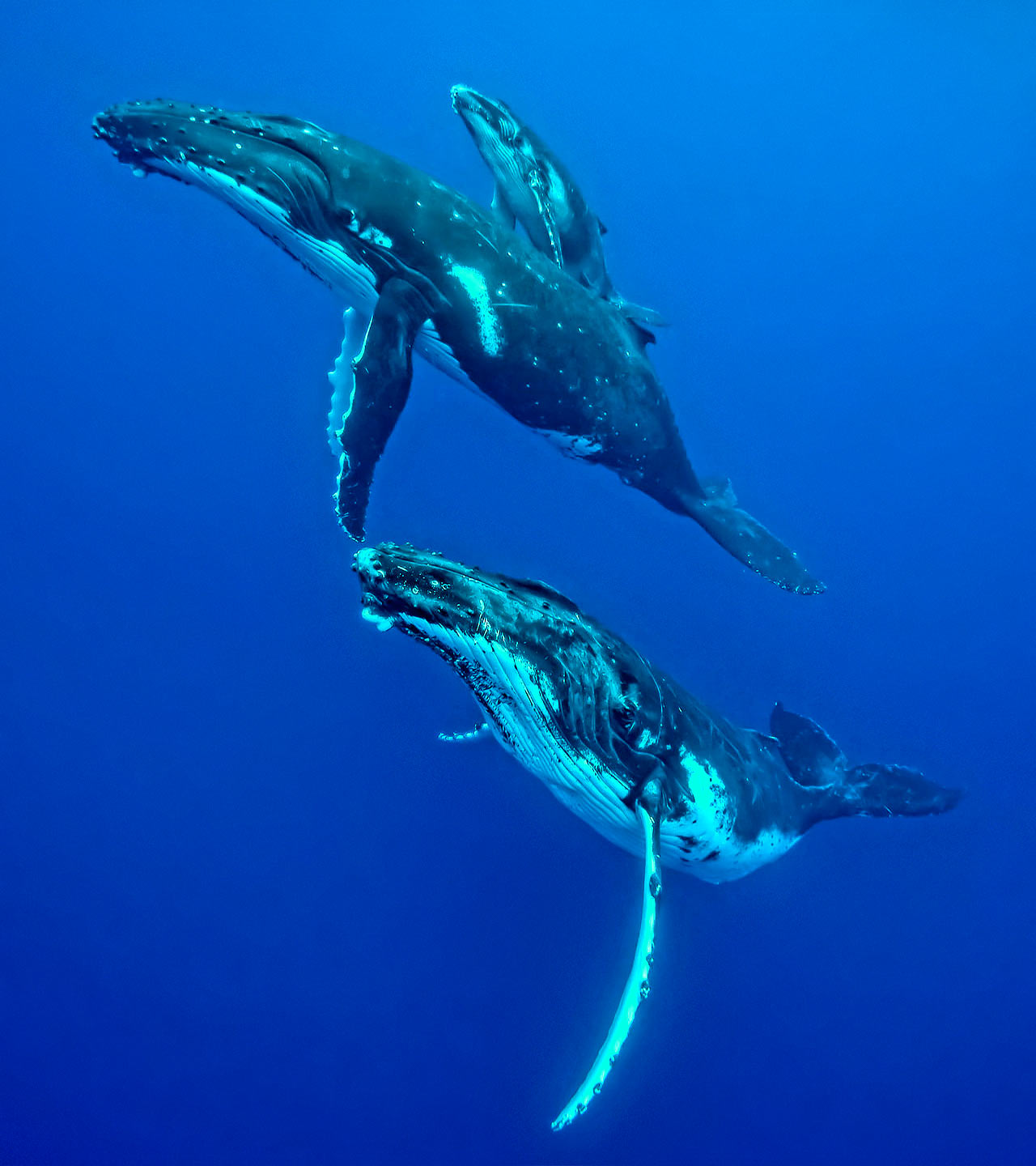
What is the typical experience of swimming with humpbacks like?
Regulations limit the number of people in the water with the whales to just five, including a guide. Boats can stay with a group of whales for 90 minutes and there must be a 90-minute break for the whales between boats. As a result, tour boats carry two or three groups of four, so that everyone gets a good 15 minutes in the water.
When you are in the water, you need to keep noise and splashing to a minimum as it frightens the whales and they will quickly flee. Different boats offer different methods of getting into the water to minimise splashing, but all strongly recommend that you are careful with how you move when you’re in. Avoid blowing too many bubbles and don’t break the surface when you kick with your fins.
While each experience is different, you can generally expect to hear the melodious song of the male humpbacks or possibly see a battle for dominance between two of them in a heat run – a race, sometimes involving bashing into each other. The females are even more fascinating, variously nursing their young or teaching them how to breach and slap their flukes on the surface. The whales are often curious about visiting people and will come up and take a look at you. Something as simple as looking into their eye as they pass you by is perhaps the most moving experience you can have.
Even waiting on the surface for your turn in the water can be extraordinary. Humpbacks are known for their playful and active behaviour, often slapping the surface with their flukes and tails. Seeing a 30 tonne creature throwing itself out of the water and crashing down with an almighty splash is remarkable.
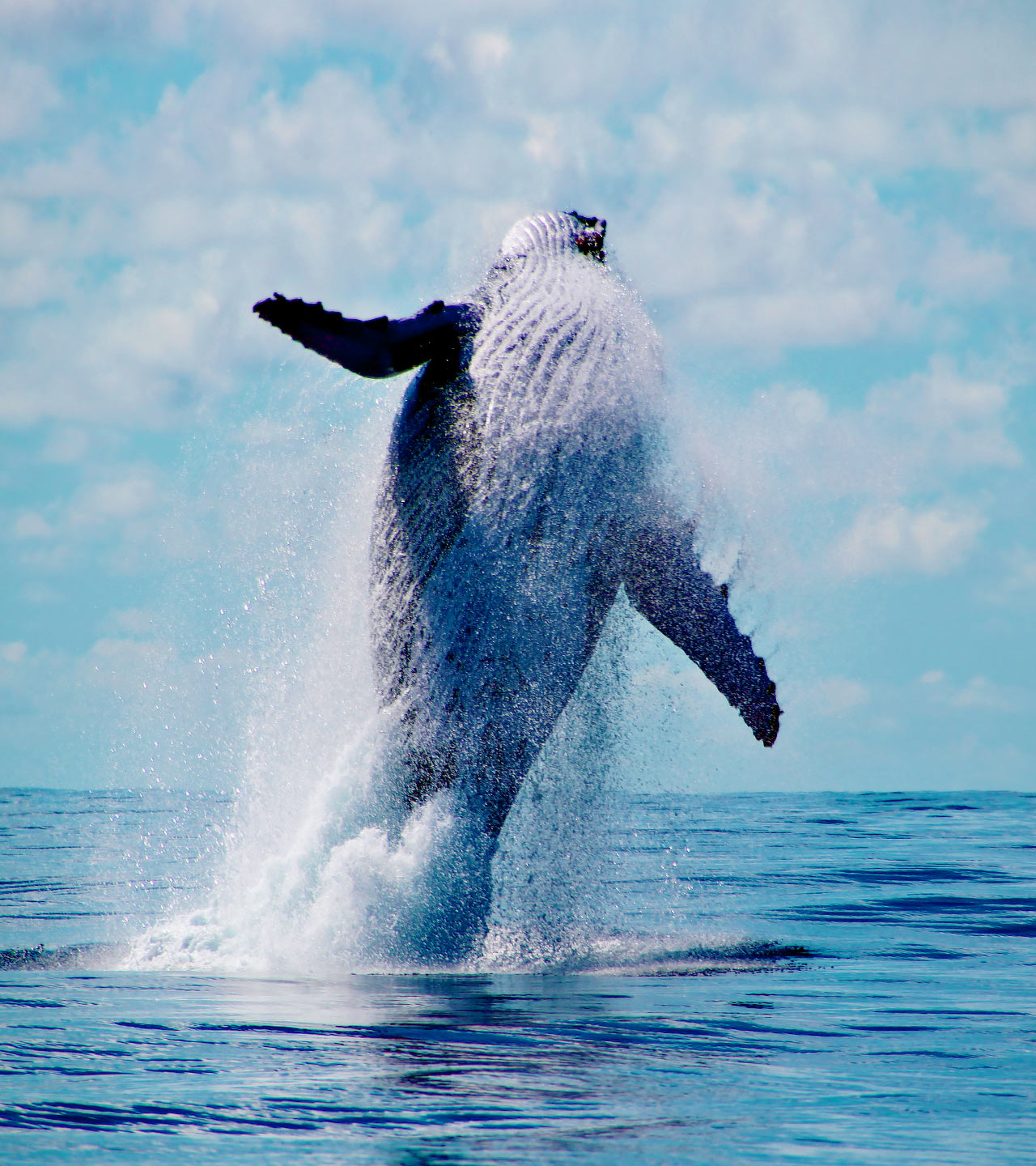
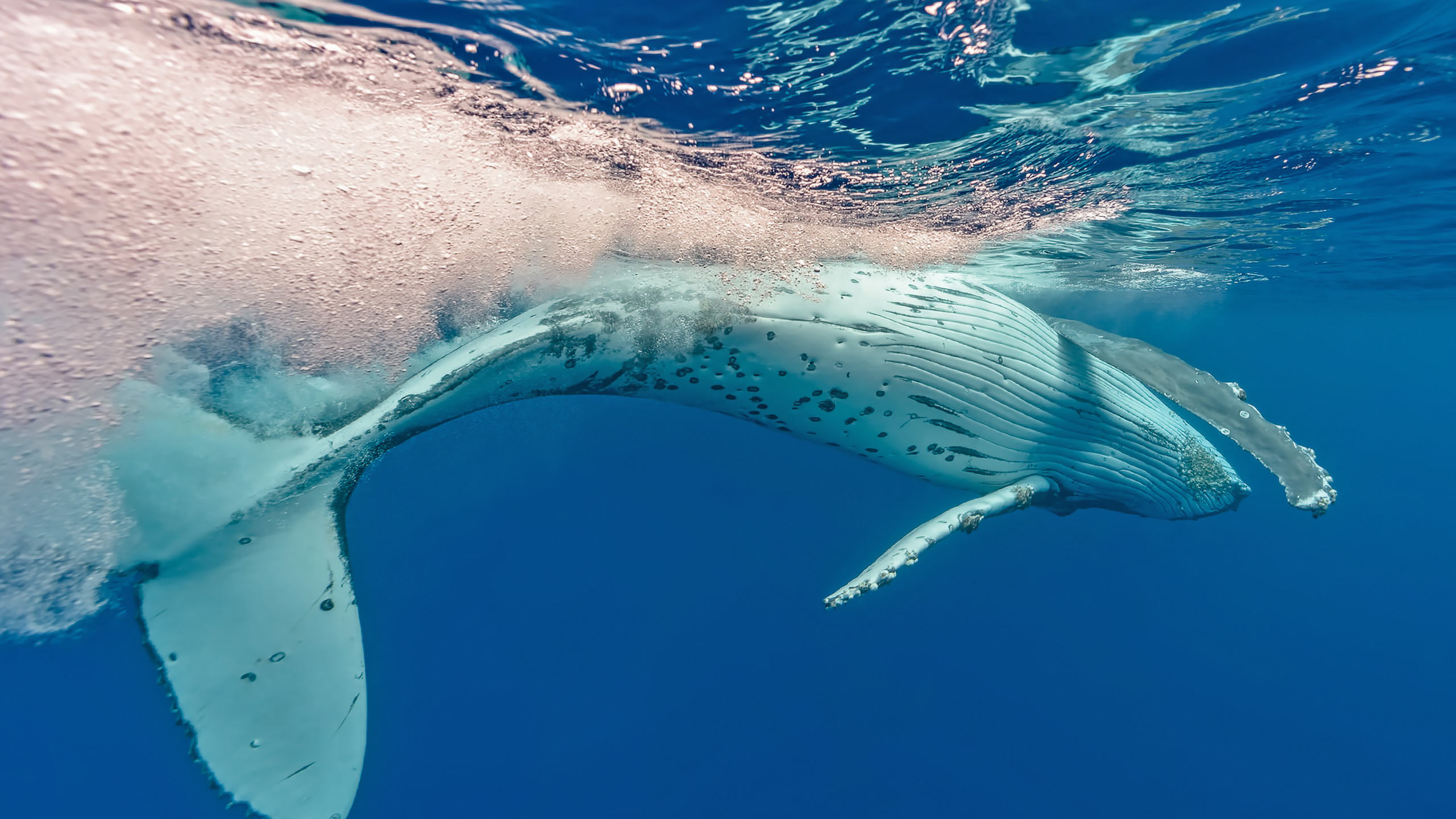
What should I bring with me to swim with whales in Tonga?
The equipment needs for enjoying this unique experience are extremely light, and most of that is usually provided by the tour boats. However, if you wanted to bring your own, then a mask, fins and wetsuit are all essential and an underwater camera is strongly recommended.
It’s generally advisable to also bring a certain degree of experience and comfort in the water with you. With so much to see when you’re with the whales, the ability to move around quickly and easily underwater will certainly help, as will the ability to hold your breath for long periods. Scuba diving with the whales is illegal, so the only air supply you can take with you is whatever you can hold in your lungs. The more better you are at making the most out of that limited supply, the more enjoyable your visit will be.
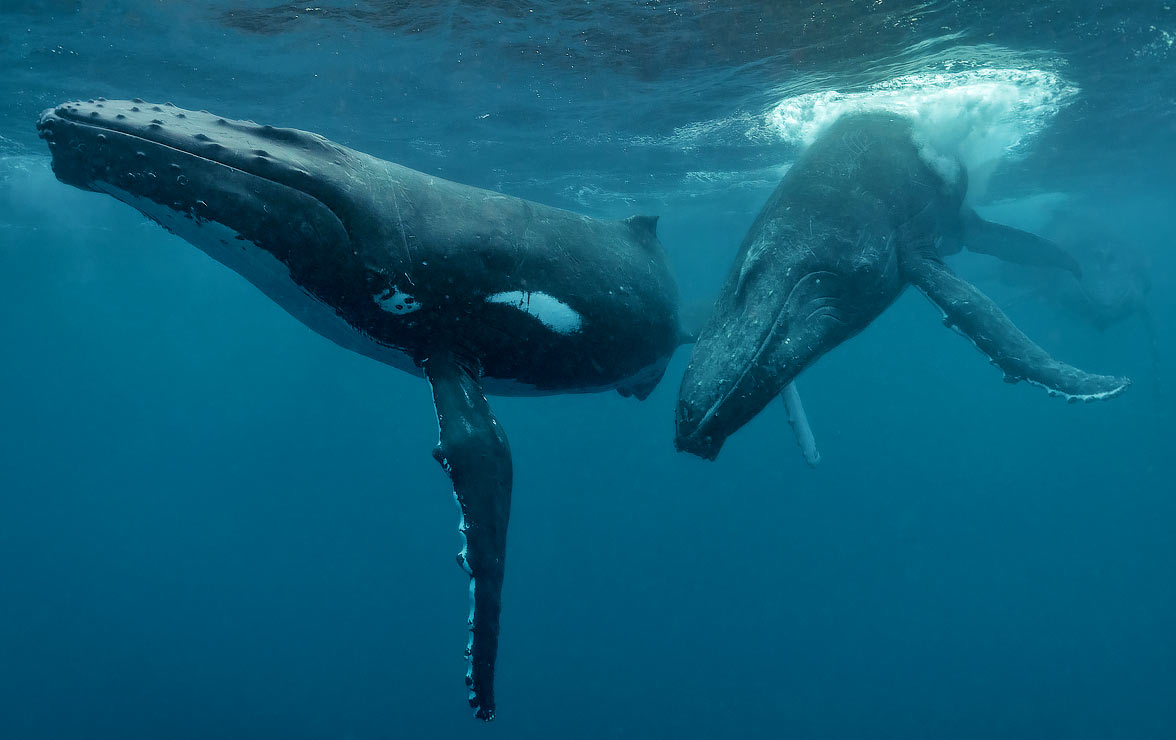
Destinations: Fiji, Pacific Ocean
Footnote:
Contact Seal Superyachts Fiji for detailed information about cruising around Fiji, superyacht charter regulations and about how we can support your visit.
Principle agent Chase Smith is proud to have worked with many of the World’s largest Superyachts and has extensive knowledge of Fiji and the surrounding area.
Chase Smith
Phone: +679 999 6556
Email: fiji@seal-superyachts.com